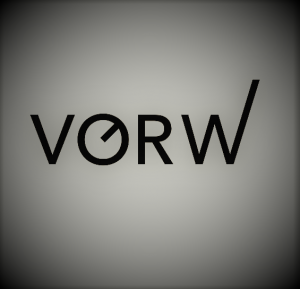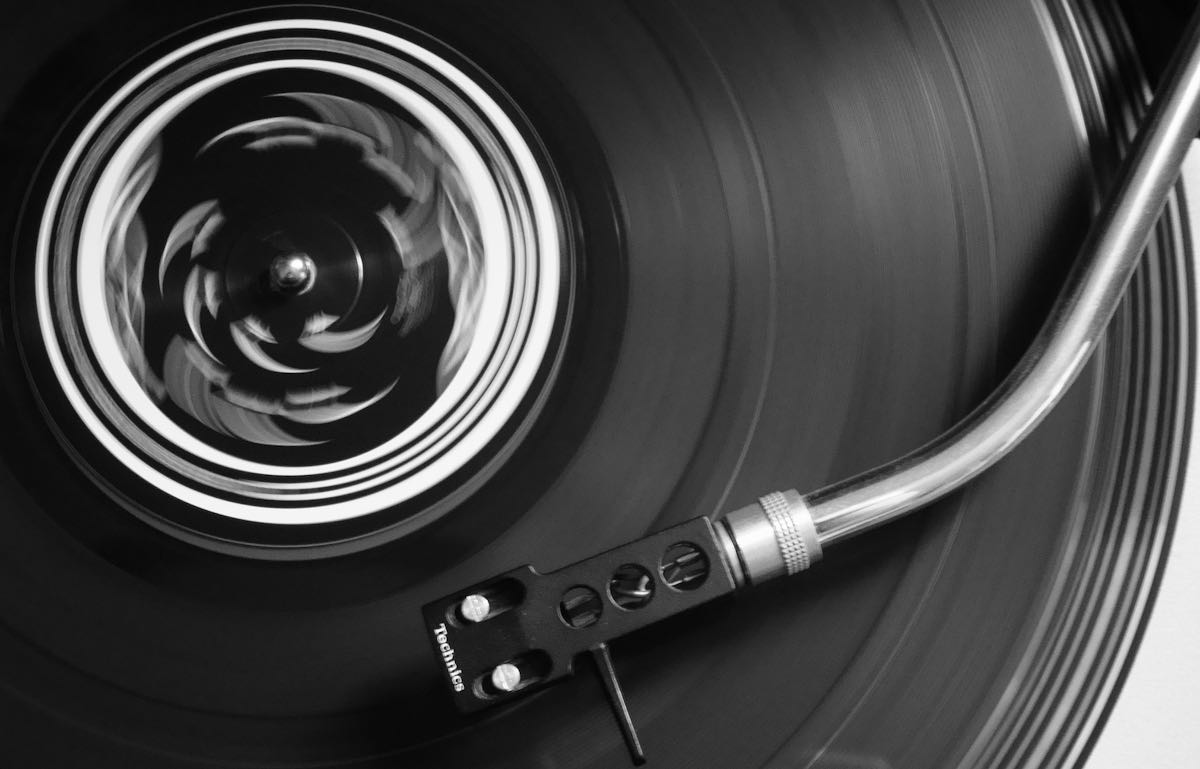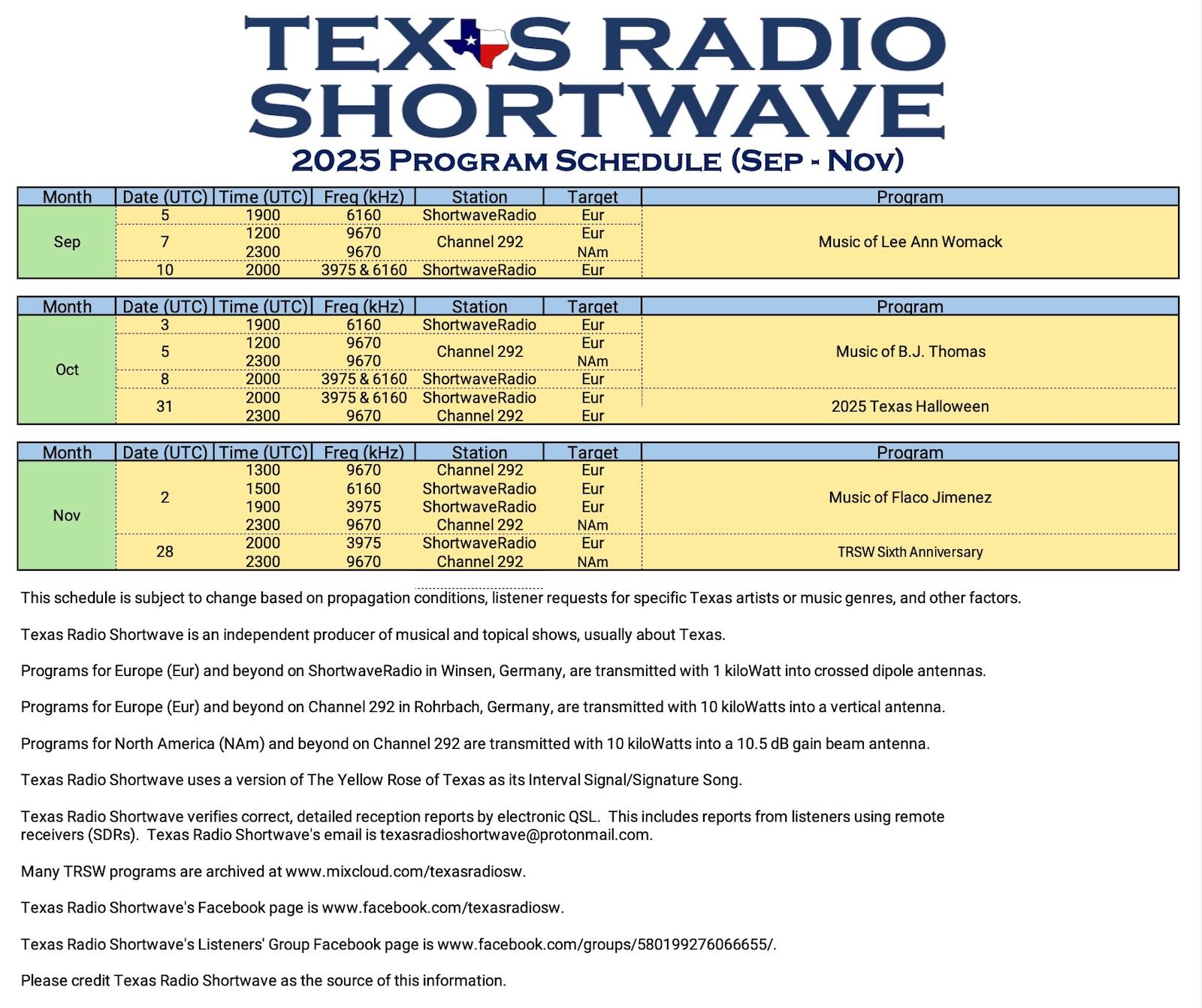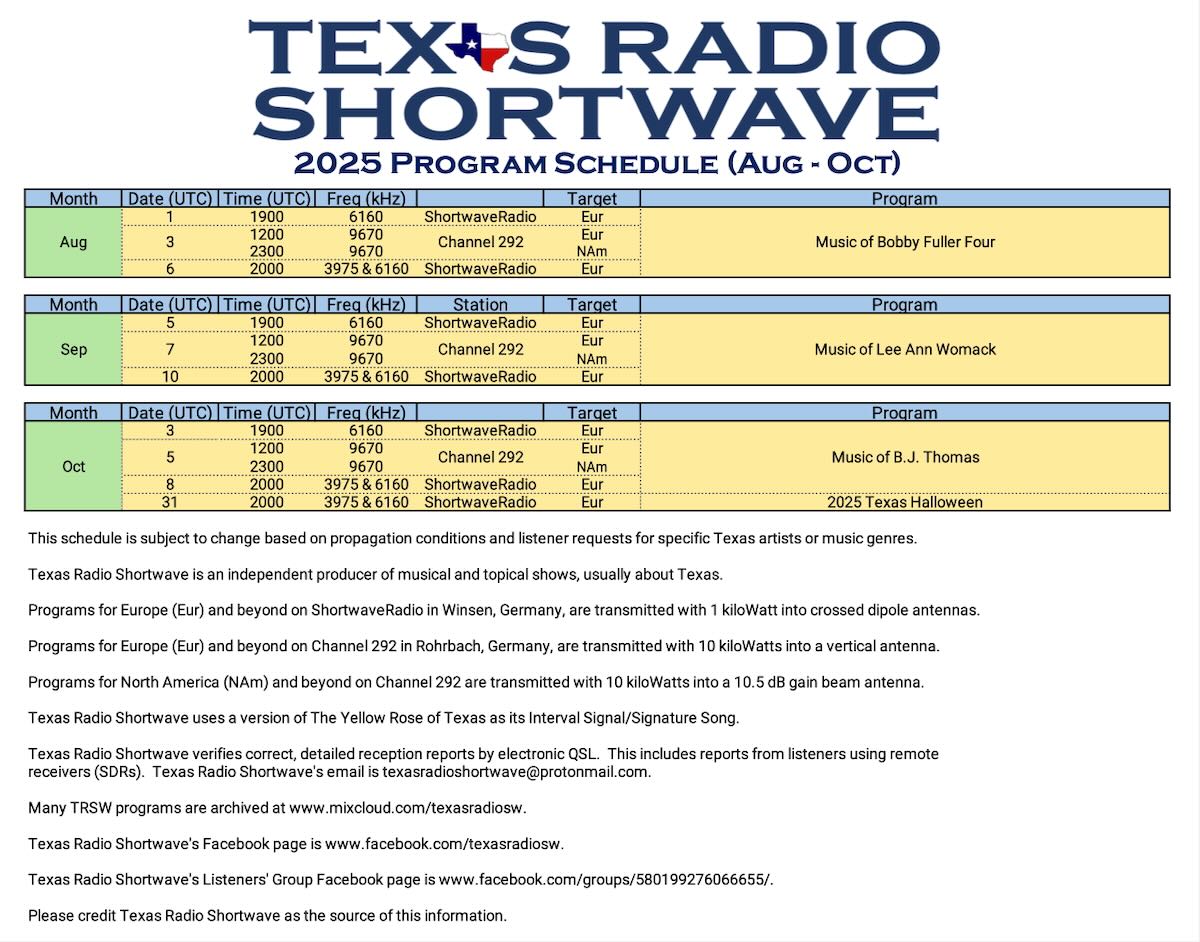
Hello all! As some time has passed, I felt it appropriate to publish the latest schedule for my transmissions to North America and beyond!
My radio program is 1 Hour in length and features discussion (often about current events, other times about random subjects on my mind) at the start of the program and is then balanced out with listener requested music. I hope for it to be an enjoyable light entertainment program with good music and discussion!
There are two new shows each week, along with various repeat airings for listeners who might not be able to catch the new shows as they first air.
Main Broadcasts:
Saturday 0600 UTC (2 AM Eastern / 1 AM Central) – 4840 kHz – WWCR 100 kW – North America
Monday 0400 UTC (12 AM Eastern / 11 PM Central Sunday Evening) – 4840 kHz – WWCR 100 kW – North America
Repeat Airings:
Tuesday 0800 UTC (4 AM Eastern / 3 AM Central) – 5850 kHz – WRMI 100 kW – Western North America
Tuesday 2000 UTC (4 PM Eastern / 3 PM Central) – 15770 kHz – WRMI 100 kW – Eastern North America
Wednesday 2300 UTC (7 PM Eastern / 6 PM Central) – 9455 kHz – WRMI 100 kW – North America
Thursday 0200 UTC (10 PM Eastern / 9 PM Central) – 9395 kHz – WRMI 100 kW – North America
Thursday 1600 UTC (12 PM Eastern / 11 AM Central) – 15770 kHz – WRMI 100 kW – Eastern North America
Thursday 2200 UTC (6 PM Eastern / 5 PM Central) – 9955 kHz – WRMI 100 kW – South America
Saturday 0400 UTC (12 AM Eastern / 11 PM Central) – 15770 kHz – WRMI 100 kW – Europe/Middle East
Saturday 0700 UTC (3 AM Eastern / 2 AM Central) – 1300 kHz – WNQM 5 kW – Nashville, Tennessee
Saturday 2300 UTC (7 PM Eastern / 6 PM Central) – 5950 kHz – WRMI 100 kW – North America
Sunday 0100 UTC (9 PM Eastern / 8 PM Central) – 1490 kHz – WITA 1 kW – Knoxville, Tennessee
Monday 0000 UTC (8 PM Eastern / 7 PM Central) – 5950 kHz – WRMI 100 kW – North America
Listener reception feedback & reception reports are much appreciated at [email protected]
e-QSL’s are sent upon request!
Happy Listening!






